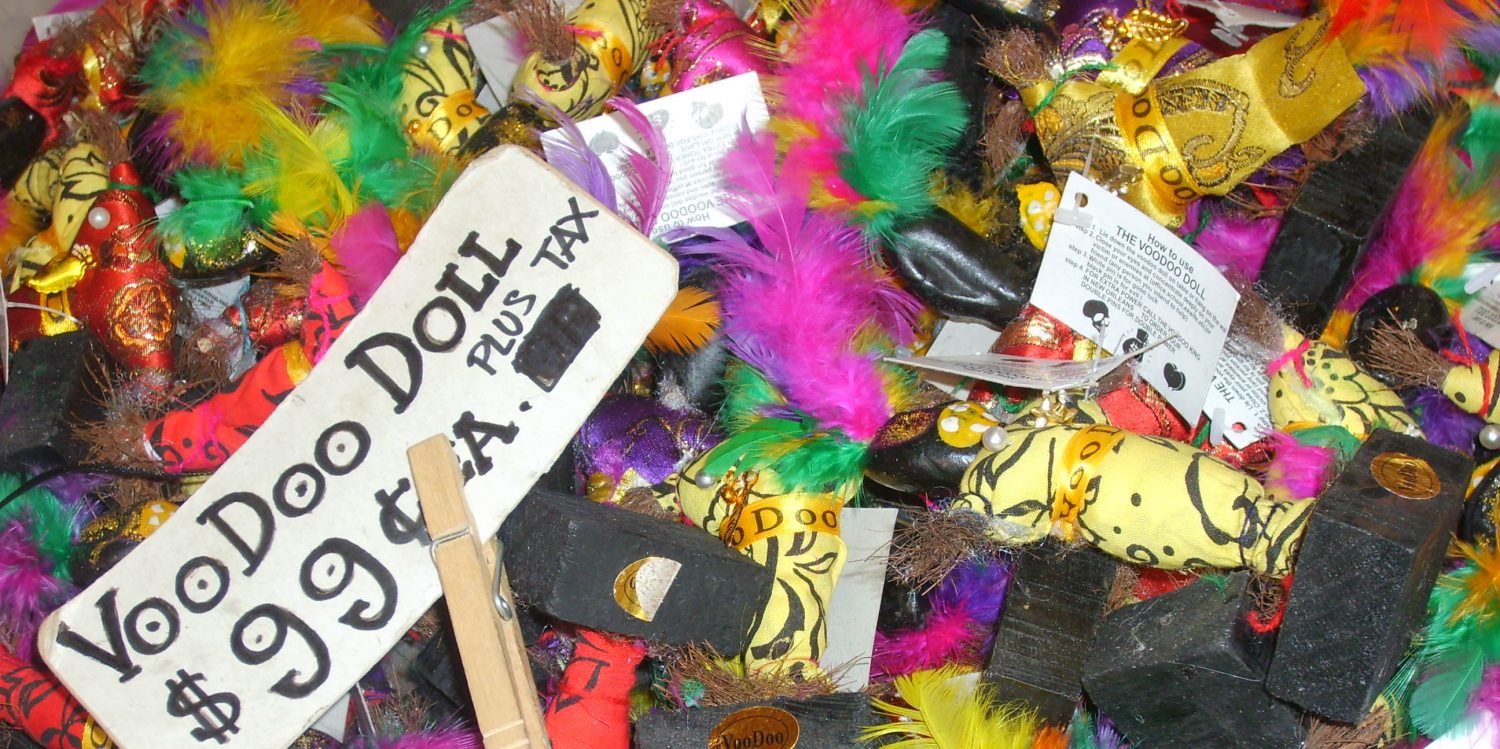
In writing about Thanksgiving, I know I’m a week late. But I hope that will be forgiven given that we Londoners, other than expat Americans, don’t really celebrate Thanksgiving. In New Orleans, however, I know that Thanksgiving is most certainly celebrated and I’ve very much enjoyed reading about the city’s take on the traditional turkey meal over the past week.
I’d never heard of a turducken before, a chicken inside a duck inside a turkey, which one city website describes as an “ecclectic and excessive” creation. Sounds about right for New Orleans. It also seemed fitting that seafood featured significantly on many of the city’s Thanksgiving menus that I looked at, with plenty of shrimp, crawfish and raw bars popping up.
Special mention should also go to some amazing-sounding dishes that seemed to show that, as with many other things, New Orleans does Thanksgiving in very much in its own way and in some style (and made me want to make sure my next trip to the city takes place in late November). How about yellowfish tuna Rockerfella, turducken gumbo, sassafras glazed ham or sugarcane smoked turkey? Sides? New Orleans can offer andouille gravy, ginger whipped sweet potatoes and haricot verts with a bacon demiglace. And don’t forget desserts: tiramisu bread pudding (pictured), anyone? Yum.
But while we can – and should – make much of the special culinary traditions of New Orleans, and of its distinctiveness in other ways, there is no denying that Thanksgiving is of the whole US and is one of the most American of the nation’s holidays.
“As a child of the farmlands I appreciate how [Thanksgiving] honestly belongs to us,” writes Barbara Kingsolver in her food-orientated memoir Animal, Vegetable, Miracle. “Turkeys have walked wild on this continent since the last ice age, whereas Old Europe was quite turkeyless… Corn pudding may be the oldest New World comfort food; pumpkins and cranberries, too, are exclusively ours. It’s all American, the right stuff at the right time.”
Why is it important to point this out? Because, as I have written elsewhere, sometimes New Orleans suffers from being portrayed, internally and externally, as exotic, other, even outside the American nation. But the way New Orleans celebrates, at Thanksgiving and at other times of year, should be not be seen as making the city fundamentally different to the rest of the US, but as an example of the very best of what the nation can offer in terms of festivity, creativity, hospitality and community, areas in which, it seems from a European perspective at least, the whole of the American nation has historically often excelled, and New Orleans in particular.
America needs New Orleans and what it represents about its past, present and future, and not just at Thanksgiving or Mardi Gras but all through the year, now more than ever. And the fact that this great city is a part of the nation, turducken gumbo and all, is something for which we should all be thankful.
Image: The Brooklyn Star



